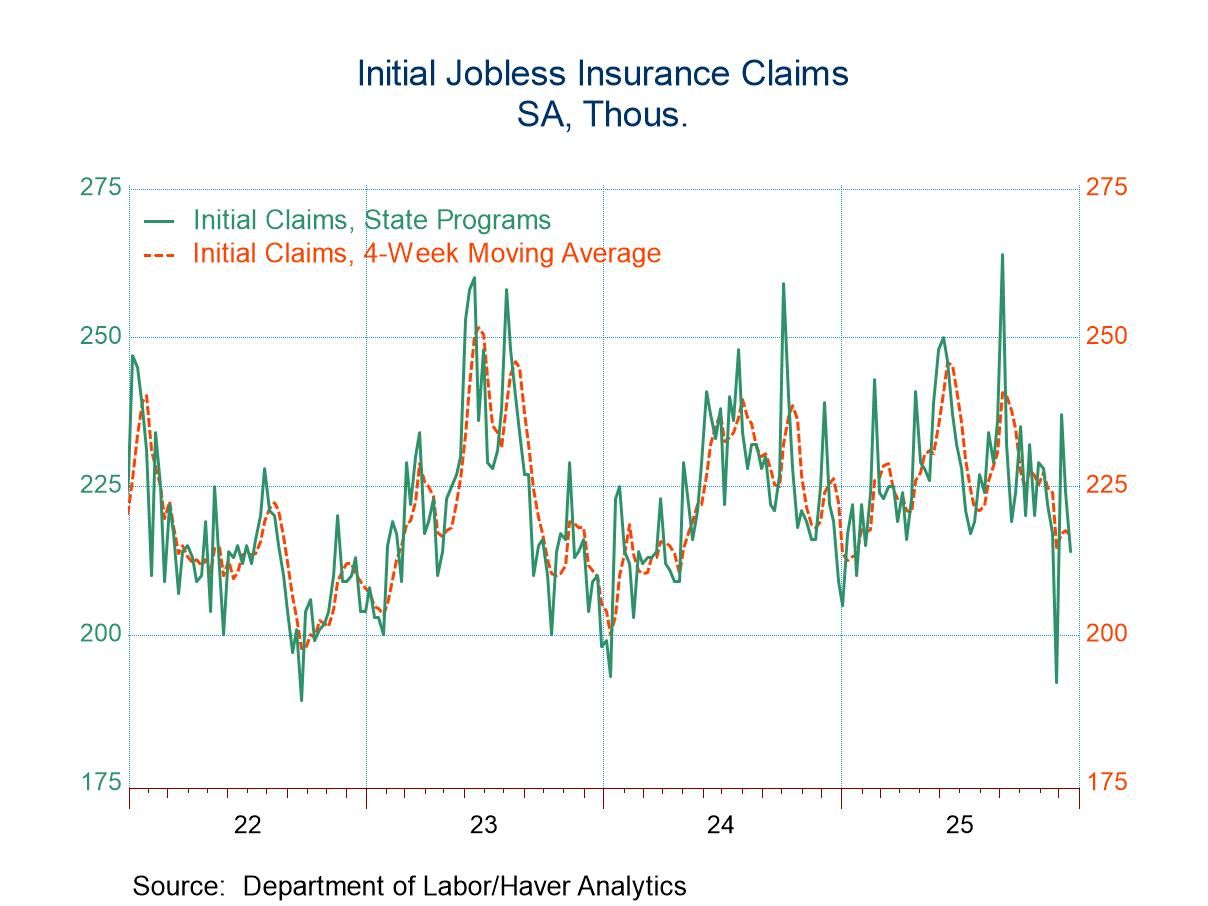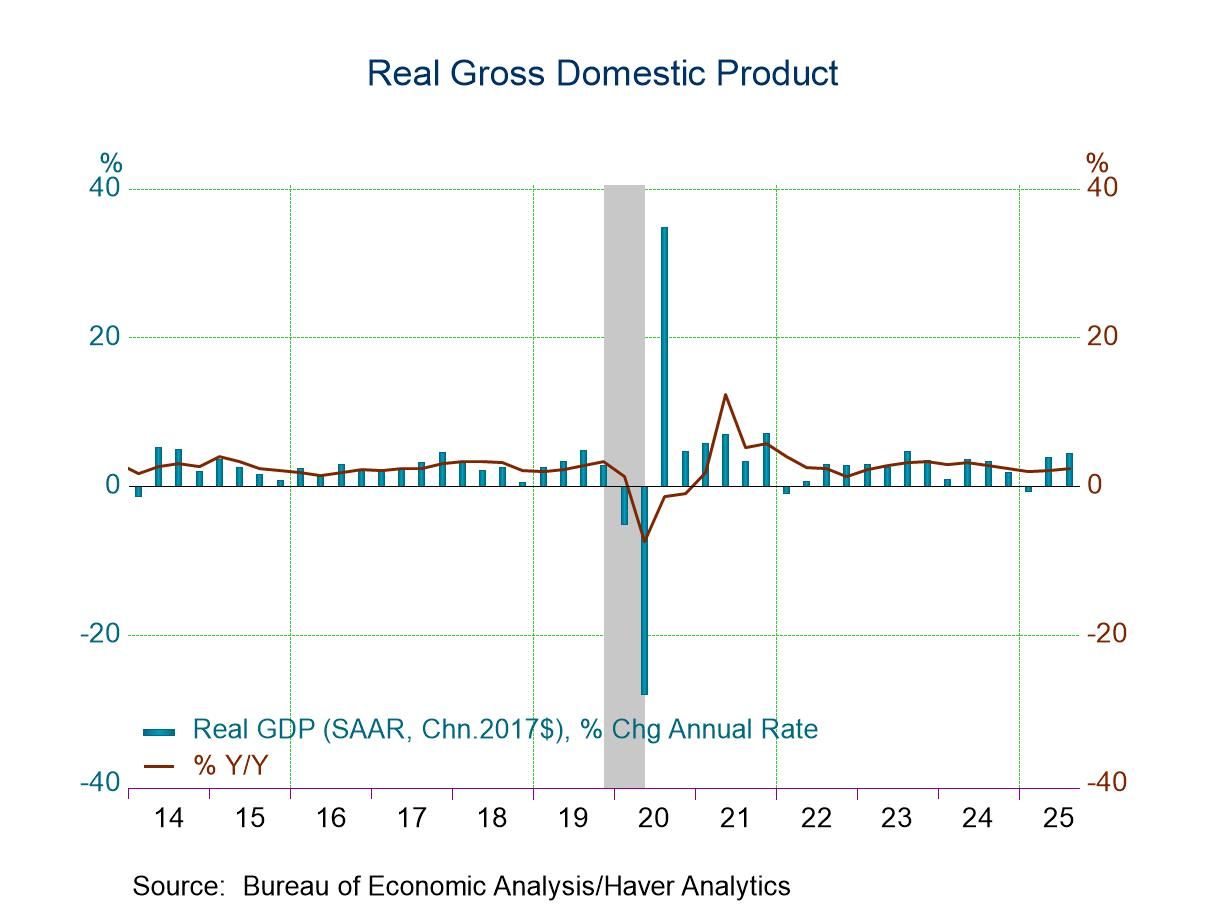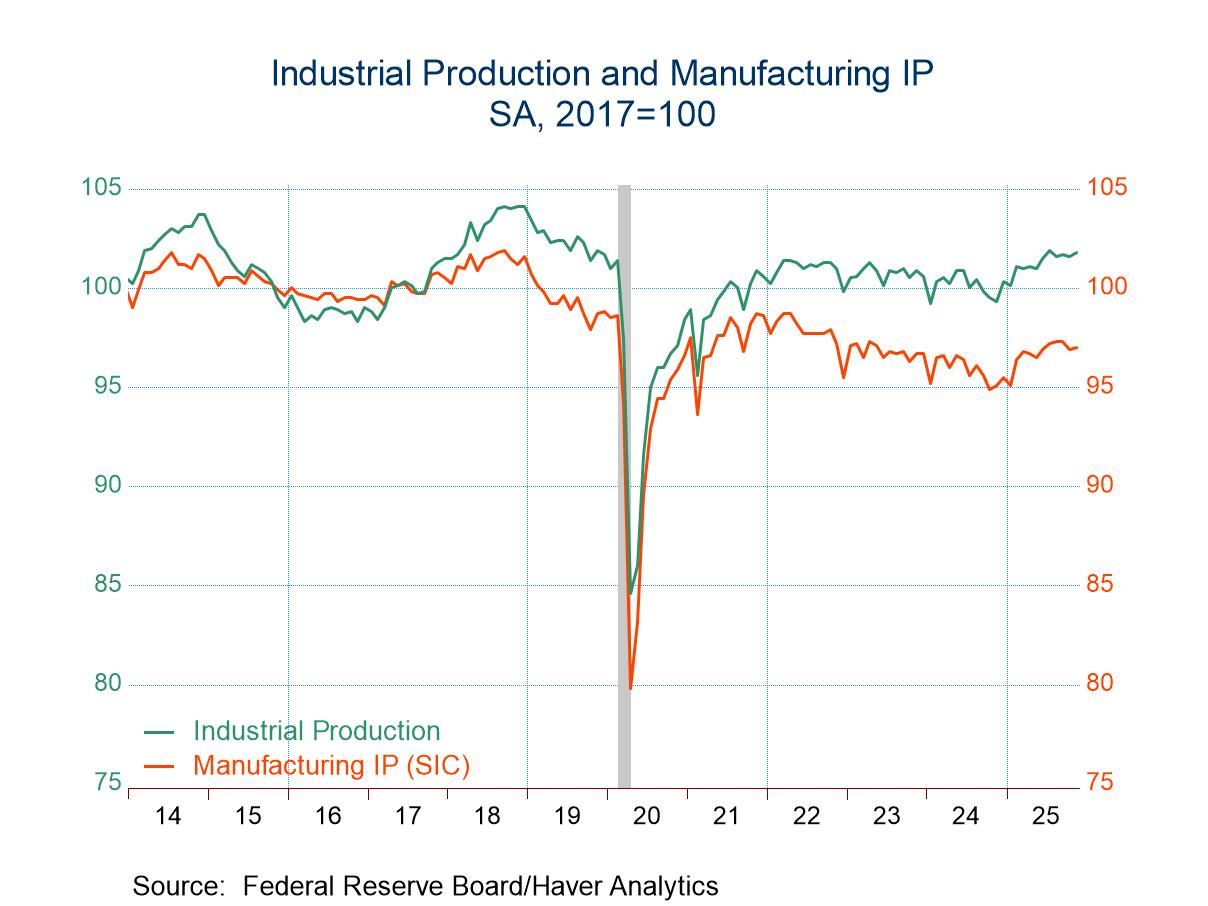Portugal’s Inflation Puts in a Good Month But No Longer Sports a Strong Down Trend

Portugal's headline inflation rate in October shows the HICP falling by 0.3%. Portugal's National CPI index drops by 0.1% and the National core inflation rate drops by 0.1% as well. These breaks for inflation in October across all the measures reflect reversals from what had been strong gains in September. In September, the HICP measure rose 0.8% month-to-month, the National CPI headline rose by 0.5%, and the National core rate rose by 0.6% month-to-month. Monthly inflation is volatile; good news comes, and good news goes. This month, the good news has come; however, placed in context, the good news doesn't really seem to have been quite good enough.
Portugal’s sequential inflation: Sequential inflation in Portugal shows that the HICP inflation rate is up 2.6% year-over-year; it's up at a 2.5% annual rate over six months and at a 2.5% annual rate over three months. All of these growth rates are above the 2% pace targeted for the euro area as a whole by the European Central Bank. Of course, not every country has to meet that target. The ECB target is for the economic-weighted HICP, which gives each country a weight in accordance with its economic contribution to the euro area.
Portugal’s nation inflation barometer- We look at the National index because it allows us to get an earlier view of the core inflation rate which is not available on an earlier basis in the HICP format. The National data on the CPI in Portugal show 12-month inflation at 2.3%, six-month inflation dipping under that magical 2% level at 1.8% at an annual rate, then moving back up to 2.2% at an annual rate over three months. Meanwhile the National core inflation rate is 2.6% year-over-year; it runs at a 2.5% annual rate over six months and accelerates to a 3.1% annual rate over three months.
The chart’s trends- The chart in this report shows these trends very clearly. It is only a chart of year-over-year inflation, but it includes both the HICP headline and the National core index. It shows that inflation progress had been in train; it since has given way to moving sideways or higher. It's the domestic core index that seems to be trending slightly higher - and that's not good news.
Inflation diffusion (breadth): At the bottom of the table, we look at the various categories in the national CPI index to chronicle whether inflation is accelerating or decelerating. In October we see there are more decelerating pressures with only 41.7% of the categories showing inflation acceleration. September showed 50% of the categories showing acceleration- a balanced result. In August, two-thirds of the categories were showing acceleration- clear pressure. These differences are not so surprising because monthly data do tend to move around quite a lot.
Sequential trends in Portugal- Sequentially, we see the good news in the 12-month index where only 33.3% of the items show acceleration compared to their 12-month ago inflation rate. It's over this long-term comparison that inflation progress is clearest. However, looking at six-month inflation compared to 12-month inflation, deceleration is only at 50% marking overall inflation pressures as balanced with disinflation factors. Over three months, the acceleration factor ramps up to 58.3% showing that there's more acceleration in progress than there is deceleration on the nearest horizon.

What this means: Portugal is not a country that's a linchpin of inflation determination within the European Monetary Union. However, it's important to monitor inflation performance in all the countries since inflation does tend to be in train across the monetary union since it's a single currency area. There can be different inflation rates in different countries; just like in the United States, there are different inflation rates in different states. However, in general when we start sampling inflation, no matter where we're sampling it, we should be getting a reasonably good idea of how the inflation forces are performing, especially when we look at changes in inflation from one period to the next. And in that capacity, inflation in Portugal is not very reassuring. The European Central Bank has been on the path to reduce interest rates; however, inflation is not getting back down to the target and, in Europe, and yet, there are still significant problems with growth that could create a reluctance on the part of the ECB to stop its rate reductions. However, inflation, just as clearly, is not behaving and it's not clear that the way has been made safe for further rate reductions in the European Monetary Union.
Robert Brusca
AuthorMore in Author Profile »Robert A. Brusca is Chief Economist of Fact and Opinion Economics, a consulting firm he founded in Manhattan. He has been an economist on Wall Street for over 25 years. He has visited central banking and large institutional clients in over 30 countries in his career as an economist. Mr. Brusca was a Divisional Research Chief at the Federal Reserve Bank of NY (Chief of the International Financial markets Division), a Fed Watcher at Irving Trust and Chief Economist at Nikko Securities International. He is widely quoted and appears in various media. Mr. Brusca holds an MA and Ph.D. in economics from Michigan State University and a BA in Economics from the University of Michigan. His research pursues his strong interests in non aligned policy economics as well as international economics. FAO Economics’ research targets investors to assist them in making better investment decisions in stocks, bonds and in a variety of international assets. The company does not manage money and has no conflicts in giving economic advice.






